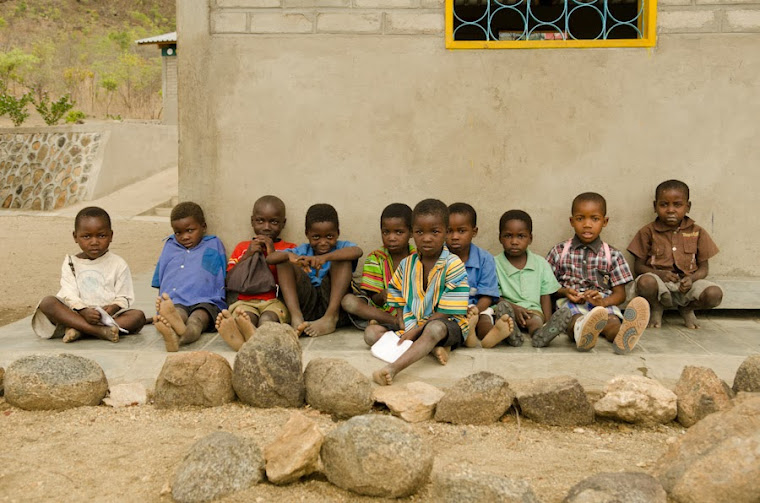 |
| Sheckly, photo 1 |
 |
| photo 2 |
In dark situations, you need a slow shutter speed to get
enough exposure. (You also will use a wide aperture and high ISO setting to
increase exposure). Also you often add light with the flash. But when you turn
on the flash with an automatic setting on your camera, usually the camera goes
no slower than 1/60s. In many cases that is not enough to get exposure from the
background. For this, many cameras have a ”night photo” setting. Usually it has
an icon of a building with a moon and/or star above it. This setting combines
flash with a slow shutter speed. What happens is: things close to the camera
receive flash, but the flash falls off quickly as distance increases, so the background
does not receive flash. But if there are lights in the background, they can get
exposure, because of the slow shutter speed. I never use this automated
setting, I prefer to set the shutter speed manually. Those parts of the subject
that are in the dark receive only flash, so they will be lit only very short,
which means they will not render motion blur or camera shake. But the lights
will be exposing for the full duration of the open shutter.
 |
| photo 3 |
I photographed model Sheckly in the night club Mustang Sally
here in Blantyre. Thank you for posing, Sheckly. They have nice laser lights
that move and flash and change colour and all that, exactly what you need for
crazy effects of this kind. When the shutter stays open for, say, 1 second, the
moving lights record as streaks in the image.
 |
| photo 4 |
|
In photo 1 you see Sheckly sharp, she received flash. On her
face you see streaks of light. These green lights are small dots in reality,
but because the shutter was open for a second, and they moved during that
second, they become lines. In the background you see lights with similar
shapes, which is probably camera shake, they all get the same shape lines
because that is how I moved the camera in the second the shutter was open.
Photo 2 is a variation on this. In this case the red lines
are laser lights moving by themselves. The strong coloured lights on top and at
shoulder height are stationary lights, their streaks are caused by camera
shake.
In photo 3 and 4 I used a shutter speed of 5 seconds. Here
you see Sheckly sharp because she was lit by the short duration of the flash,
and during the five seconds I deliberately moved the camera in a weird way to
creates streaks of light. You see the lights in weird lines. Different types of
camera
 |
| photo 5 |
movement create different types of lines. This is a bit of a hit and
miss affair, you see that in photo 5. This photo it went wrong, I misjudged
what would happen, and the lights are covering up Sheckly’s face in a weird way.
Only good for humour, and here it is not even that great of a joke. Just to show
you that it can go awfully wrong. So make a lot of photos when you use this
technique, and your chances of being lucky get better.






